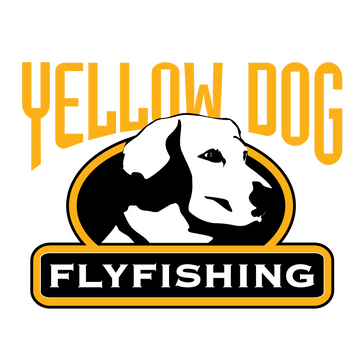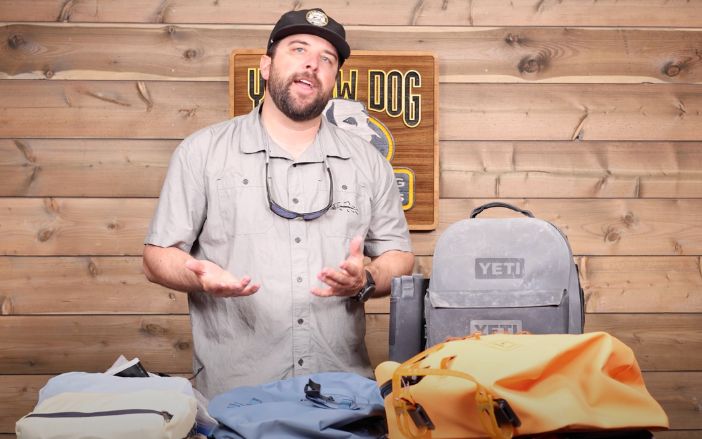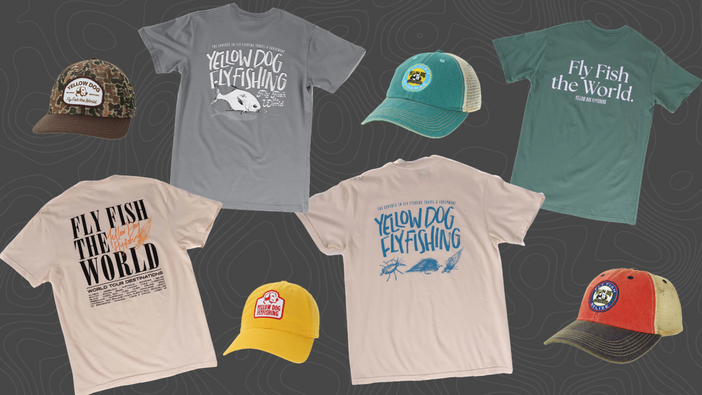Spotting bonefish can be an undertaking if unfamiliar with saltwater fly fishing. But with a few pointers, you can be well on your way to spotting the elusive "ghost of the flats." Before anything else, the number one rule and the rule that trumps all others is to listen to your guide. We cannot hammer this rule home hard enough. Flats guides have spent countless hours training their eyes to spot bonefish and their signs and you'll find more success listening to their expertise than you trying to find fish on the flats. But if you want to take your bonefishing game to the next level there are a handful of techniques, tips, and tricks you can use to start spotting your own bonefish on your next saltwater trip.
Bonefish Appearance

Bonefish fit perfectly in their environment with their great camouflage. The silvery scales and darker back make the bonefish almost imperceptible for their predators, yourself included. The mirror-like scales will reflect whatever is in the vicinity. If the bottom is dark then bonefish will appear darker, likewise, if the sun's out and the fish are eating on a hard light sand bottom, bonefish will appear lighter in color. Being conscious of these camouflage changes will help you better identify fish.
Always be scanning the water for the dark silhouettes of swimming fish. They will be patrolling the flats in search of their next meal. Furthermore, be on the lookout for the fish's shadow on the flat's bottom.
Bonefish Signs
Aside from seeing the fish itself be sure to key in on any smoky plumes of mud in the water where bonefish are foraging for food. Aside from plumes of mud be sure to be on the lookout for nervous waters.
Nervous waters occur when bonefish – and usually more than just a single fish – are cruising or foraging in the mud. Generally, nervous waters are present around a school of smaller sized bonefish where larger ones will be cruising by themselves. Be sure to not only be looking for nervous water but listen as well. Many times you can hear tailing fish and nervous waters.
The last sign is what every bonefish angler dreams about: tailing fish. There are few signs as blatantly obvious as a tailing bonefish with its sharp tail juxtaposed against the horizon. There's good reason this is what every bonefish angler dreams about because it's rare and not typically the norm. If you see a tail you know exactly where you need to be and where to place your cast.
Don't Get Fixated on Stationary Objects
It’s unusual to see a stationary fish feeding in just one place. This is the mistake most trout anglers make when first starting to bonefish. Unlike trout, bonefish don't typically hold in just one spot and rather are constantly on the move looking for food. If the object isn’t moving, it’s most likely not a bonefish. Move on and don't be fooled by stationary objects.
Don't Leave Home Without Your Sunglasses
Lastly, be sure to invest in a good pair of polarized sunglasses. A good pair of sunglasses will reduce glare and greatly improve your chances of hooking a bonefish, after all, you are trying to see the fish through the water column.
Practice

As with anything in life, practice, practice, and practice some more if you want to get better at spotting bonefish. Don’t be discouraged if you at first can’t see the fish. In fact, most saltwater anglers are quick to state that the first bonefish they caught, they never even saw -they were just taking instructions from their guide.
One easy exercise, and one that will train your eyes and brain to key in on bonefish, is when you do release a fish watch as it swims away onto the flats. See how long you can watch the fish and don’t lose sight of it. This simple exercise will train you to see cruising bonefish in their natural habitat. With some practice, you'll be well on your way to spotting your own fish on the flats.
+ Listen to this WAYPOINTS Podcast: JOHN HUDGENS - How to Up Your Game and Improve Your Game and Improve Your On-Water Skills For Destination Angling
With a few pointers, you can drastically increase your chances of spotting your own bonefish. But remember, at the end of the day no one knows how to spot bonefish as well as your guide. Listen to your guide and soon enough you'll be landing more bonefish than you can count.
For more information on bonefish lodges, trips, how-to articles, and more visit our Bonefish Fly Fishing page.
Related Articles:
- Where to Go For Your First Bonefishing Trip
- Perfecting Your Bonefish Presentation and Hook Set
- The Top 5 Bahamas Bonefish Flies from Doug McKnight
- Bonefish Leader & Tippet Advice from Jeff Currier and Oliver White
- What are the Best Colors of Polarized Sunglasses for Fishing
- A Guide to Fly Fishing Grand Bahama
- A Guide to Fly Fishing Andros, Bahamas



























